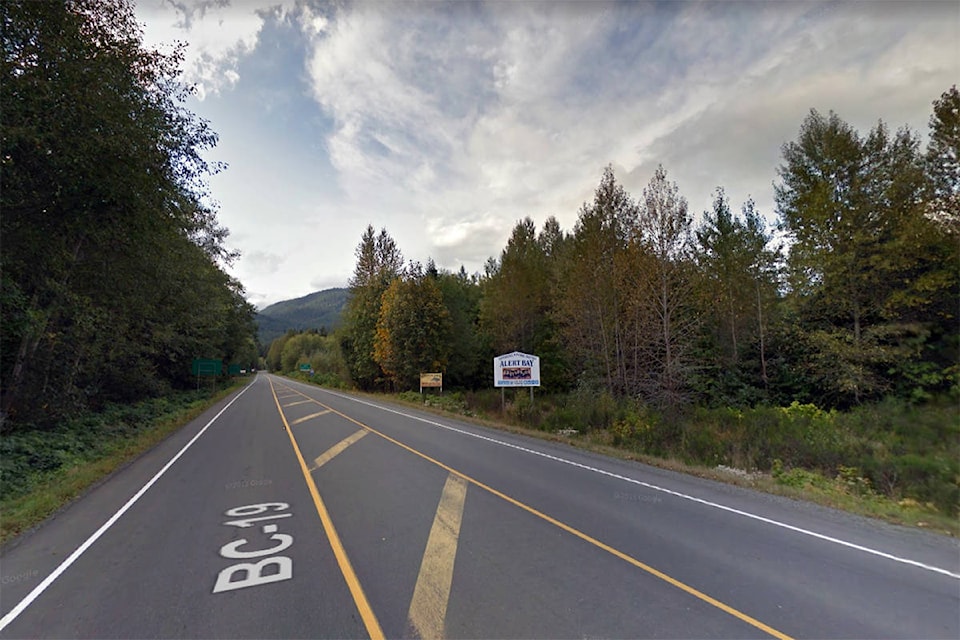Tired of having no cell phone service near Sayward? Sayward Futures Society and Sayward Tourism Committee are currently running a campaign to extend cell phone service on the island highway.
The campaign was born out of a tragic incident where a woman was driving along Highway 19 and crashed her car into the side of the road. Unable to call emergency services the woman was left at the scene of the crash for a prolonged time without help.
“The current service provider has stated that they have no intention of providing this service in the foreseeable future,” the campaign letter reads. “Our recourse is to appeal to the Canadian Radio-television Communications Commission (CRTC). The Commission can require the service provider to ensure that there is continuous service on the full length of the highway,” the statement continued.
The campaign letter encouraged concerned citizens to write to CRTC in support of extending cell phone coverage along the island highway. Some of the reasons to write may include safety concerns when vehicles break down or when an individual crashes their car.
Other concerns also relate to how rural areas may be becoming less relevant for tourists destinations, especially visitor centres, and how travellers are more reliant on cell phone coverage when visiting the North Island.
Many tourists do not know the North Island and are basing their travelling on local tourism businesses’ advice. Cellular phone service in the remaining uncovered areas in the North Island may allow local tourism groups and tourist operators to aid travellers in their expeditions.
Alex Turner, one of the directors at Sayward Futures Society, said that “the campaign started because the tourism committee has come to realize that tourism these days works through electronic means. 85 per cent of tourism bookings are made on the road as they travel.” He added that Sayward needs “to have connectivity here for our tourism group on the highway.”
Turner mentioned the issue extends further than tourism in the community. He pointed out that “it’s fundamentally about safety on the highway.”
“There’s a possibility of various accidents, especially during the winter. The hill going up from Robert’s lake, that’s where you lose coverage, and then no service on the highway,” he noted.
He also mentioned drivers are “without service the whole highway, except two possible spots with coverage at Woss and Telegraph Cove.” He also explained that because there are so few networks and cellular carriers in the area that CRTC has a responsibility to step in.
Turner mentioned one way CRTC may be able to help is through funding cellular towers with grants.
Regional District of Mt. Waddington’s chief administrative officer Greg Fletcher confirms there is a grant program available for communities under 5,000 population, which is called “Rural and Northern Communities Infrastructure” under Investing in Canada Infrastructure Program.
The grant funding includes internet and cellular infrastructure and covers 100 per cent of the project costs. Sayward would need to apply by Jan. 23, 2019 for the grant funding.
The society and committee have requested a few local municipalities, Port Hardy and Port McNeill included, to write to CRTC in support of the campaign.
